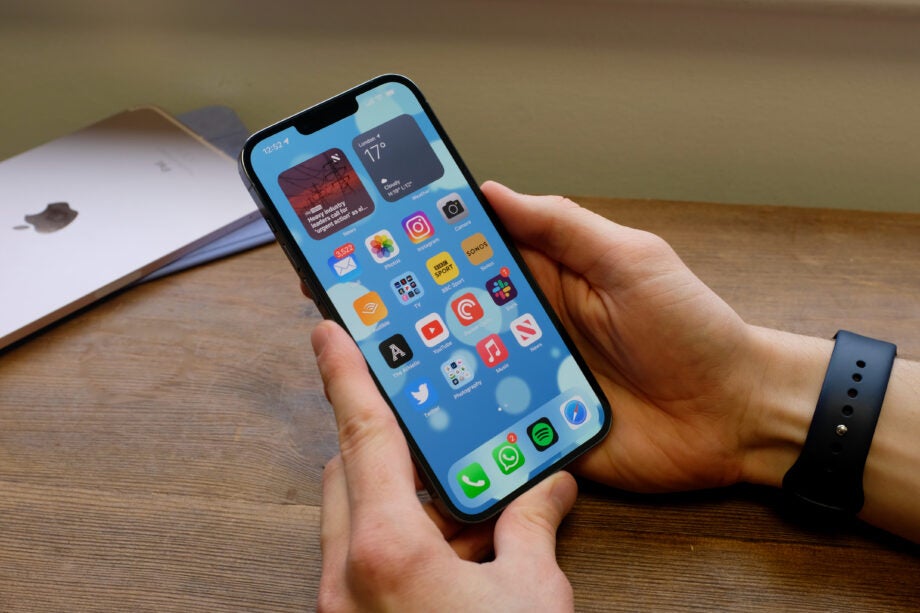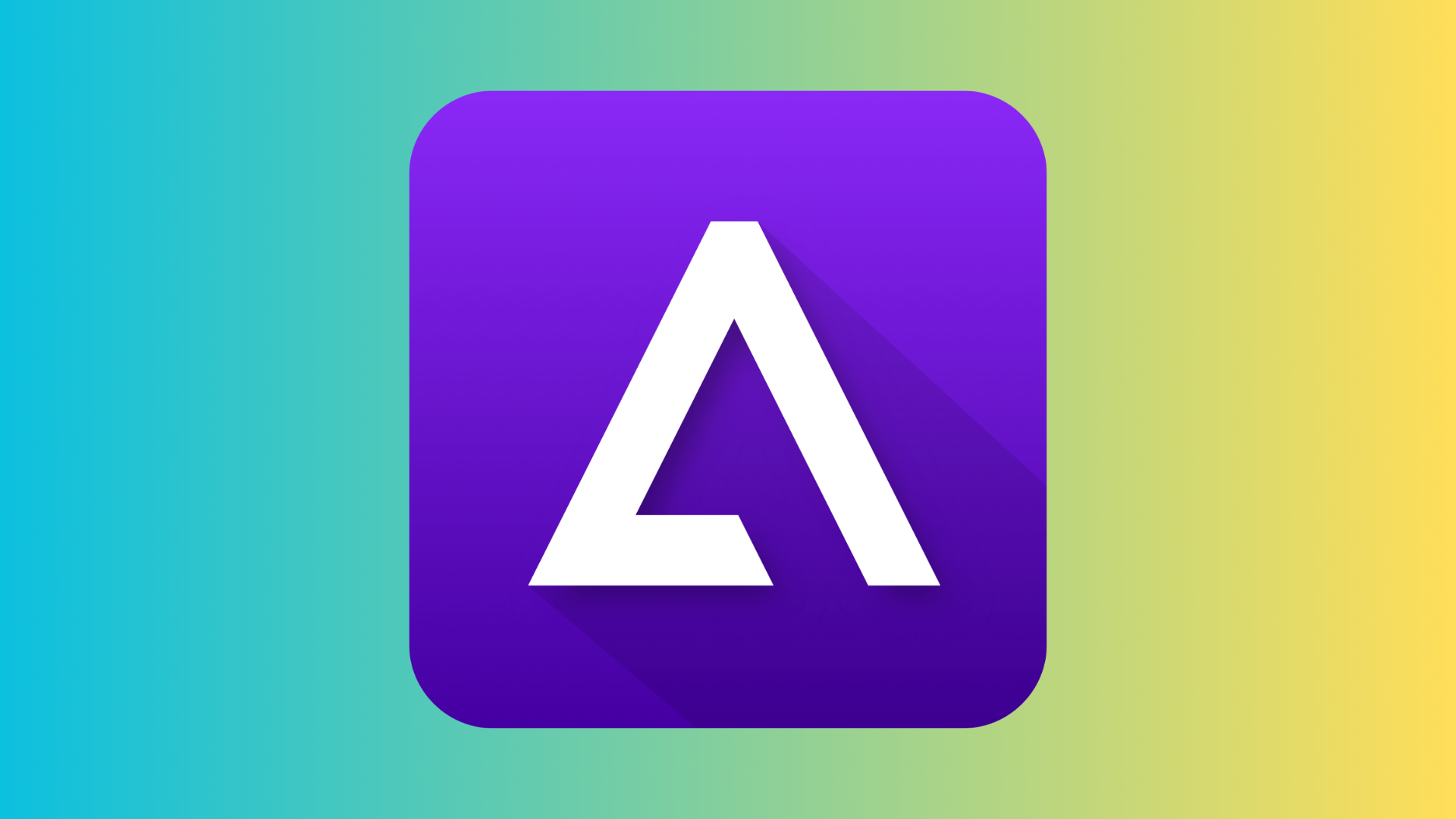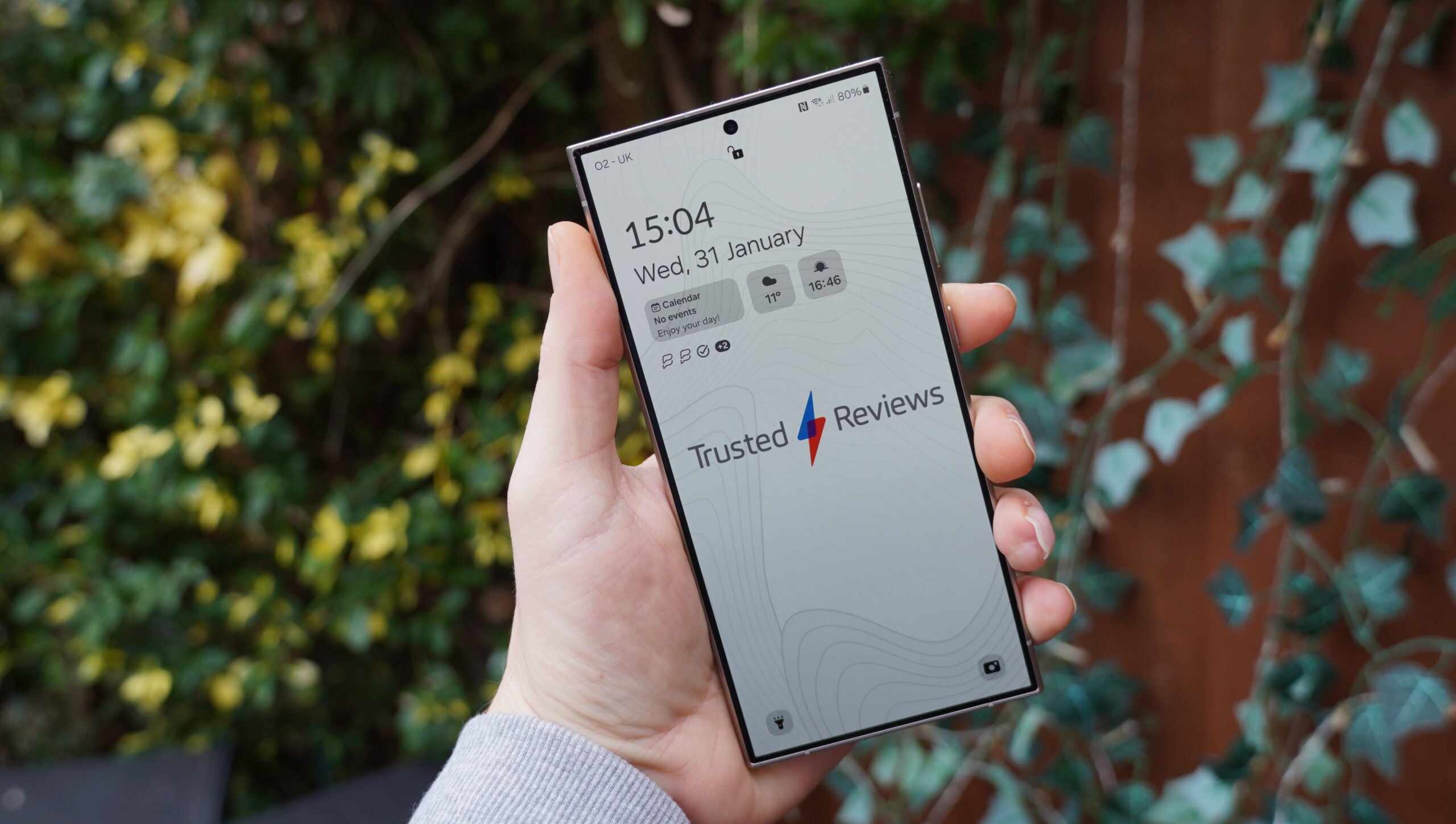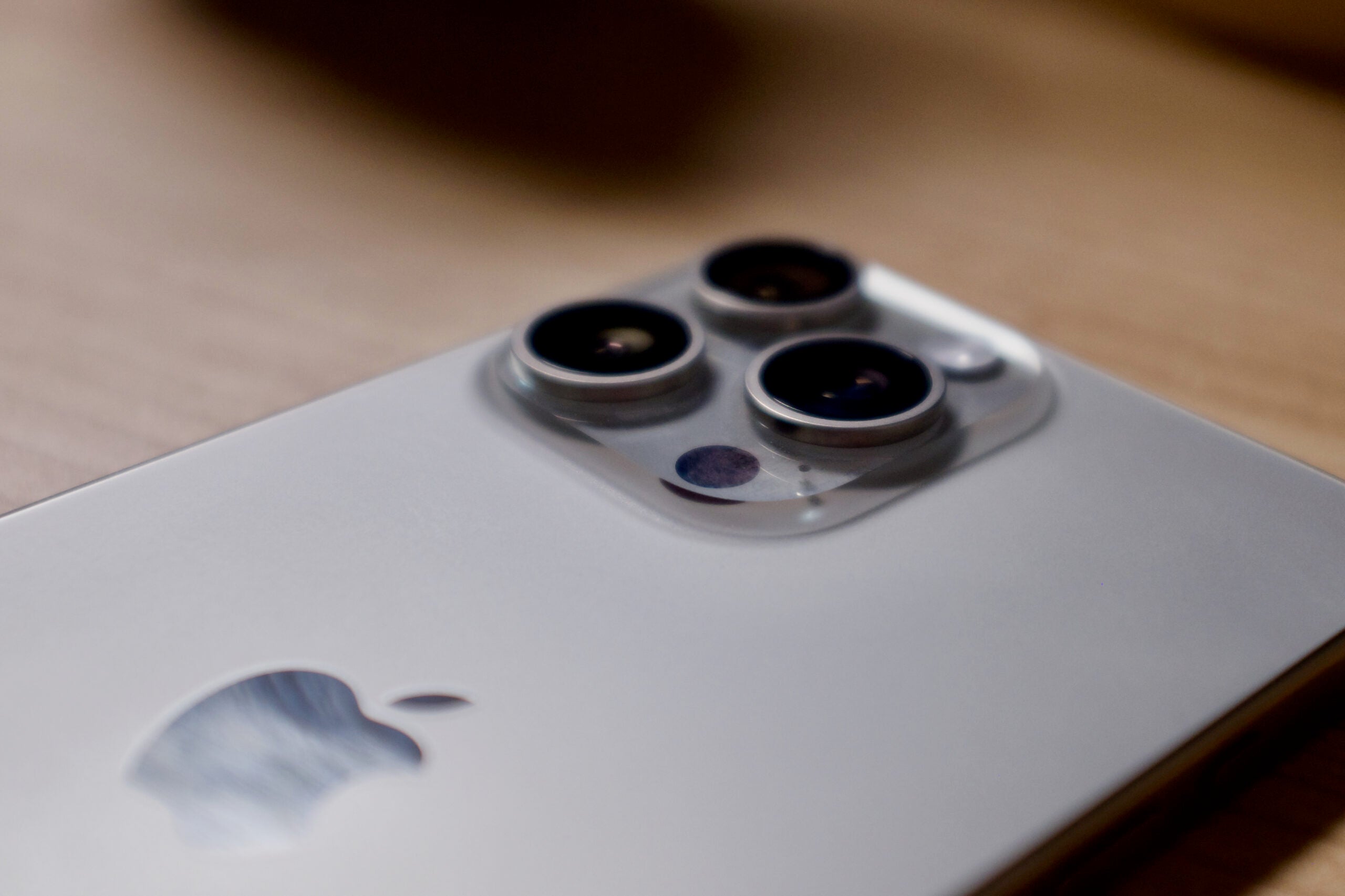What is Face ID? Apple’s privacy feature explained

Apple has been ramping up its privacy features over the past few years, with Face ID introduced back in 2017 with the iPhone X.
When iPhones still featured a Home button, using your fingerprint was the easiest way to login to your device. Now, thanks to improved cameras and AI, you only have to look at your iPhone to unlock it, making the whole process feel a lot more streamlined.
With the release of the iPhone 15 creeping up on the horizon, we wanted to take a closer look at some of these classic features to gain a better understanding of how they work. Keep reading to find out everything you need to know about Apple FaceID.
What is Face ID?
Face ID is Apple’s facial recognition feature, present on iPhones and iPads.
When activated, the device will use its front-facing cameras to scan your face in order to verify that it is you using the phone rather than someone else. It’s most commonly used for unlocking your phone, but it can also be used for in-app verification if you’re making a purchase for example.
How does Face ID work?
Apple claims that facial recognition technology is among its most advanced hardware and software, and it’s not hard to see why. Here is the manufacturer’s explanation of how the technology works:
The TrueDepth camera captures accurate face data by projecting and analysing thousands of invisible dots to create a depth map of your face. It also captures an infrared image of your face. A portion of the neural engine of the A11, A12 Bionic, A12X Bionic, A13 Bionic, A14 Bionic and A15 Bionic chip – protected within the Secure Enclave – transforms the depth map and infrared image into a mathematical representation and compares that representation with the enrolled facial data.
Not only is this system very accurate, but it can also work despite challenging conditions, such as when you’re wearing a scarf, glasses, make-up, or growing out facial hair.
How do you set up Face ID?
If your iPhone has Face ID, then you’ll be prompted to set it up when you start your phone up for the first time. However, if it was not implemented at that stage then you can put it in place at a later date by going into your phone’s Settings app and tapping on Face ID & Passcode where you’ll see the option to set up Face ID.
How do you use Face ID?
It’s not at all difficult to use Face ID; in fact, all you need to do is just look at your iPhone’s selfie camera. When seeking to unlock your phone, the TrueDepth camera will be woken up by either touching the screen or raising it up, and then it just needs to scan your face or eyes to unlock.
Apple claims that the tech works best when the phone is 25-50cm away from your face, and it can be used whether held in front of your face or lying flat on a surface.
Is Face ID secure?
According to Apple, Face ID is highly secure; it states that “the probability that a random person in the population could look at your iPhone or iPad Pro and unlock it using Face ID is less than 1 in 1,000,000 with a single enrolled appearance, whether or not you’re wearing a mask.” After 5 negative login attempts, you will be required to enter your PIN instead.
Which iPhones support FaceID?
As previously mentioned, FaceID was introduced in the iPhone X, which launched in 2017. Since then, every iPhone that’s hit the market has come pre-installed with the feature to make logging into your device that much easier.
You can see a breakdown of all the iPhones that support FaceID below:
- iPhone X
- iPhone XR
- iPhone XS
- iPhone XS Max
- iPhone 11
- iPhone 11 Pro
- iPhone 11 Pro Max
- iPhone 12
- iPhone 12 Mini
- iPhone 12 Pro
- iPhone 12 Pro Max
- iPhone 13
- iPhone 13 Mini
- iPhone 13 Pro
- iPhone 13 Pro Max
- iPhone 14
- iPhone 14 Plus
- iPhone 14 Pro
- iPhone 14 Pro Max
- iPhone 15
- iPhone 15 Plus
- iPhone 15 Pro
- iPhone 15 Pro Max
Although the iPhone 15 lineup has not yet been released, we can almost guarantee that all the handsets in the range will come with FaceID support. It doesn’t look like any upgrades have been made to FaceID, but we will be sure to update this article if any come to light.
Which iPads support FaceID?
It’s not just iPhones that have been treated to the FaceID treatment, a selection of iPads also come with it pre-installed. Here is a list of all the iPad models that currently support FaceID:
- iPad Pro (11-inch)
- iPad Pro 11-inch (2nd generation)
- iPad Pro 11-inch (3rd generation)
- iPad Pro 11-inch (4th generation)
- iPad Pro 12.9-inch (3rd generation)
- iPad Pro 12.9-inch (4th generation)
- iPad Pro 12.9-inch (5th generation)
- iPad Pro 12.9-inch (6th generation)








